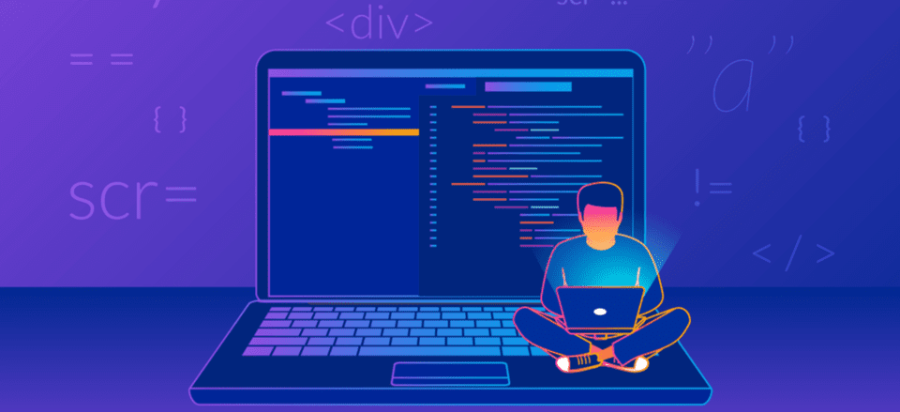Behind the Code
The approach and lessons that shape the projects, offering a glimpse into the practical and thoughtful world of coding
Lessons from Coding
What Drives the Work
Years of building software have taught the value of simplicity and preparation. The goal is to write code that’s reliable and easy to maintain.

Coding is equal parts problem-solving and planning ahead. The projects here come from tackling real-world issues, like optimizing a sluggish database query or streamlining a team’s workflow. This means writing code that’s easy to read—using clear variable names and comments—and breaking complex tasks into smaller, testable pieces.
Past mistakes, like a rushed feature that broke in production, have driven home the need for thorough testing and documentation. The aim is to build software that’s not just functional but also easy to update or debug, saving time for everyone involved.
Growing Through Challenges
Learning from Mistakes
Every project teaches something new, often through what goes wrong. These lessons shape better coding practices and stronger systems

No project goes perfectly—there’s always a bug, a performance issue, or a feature that misses the mark. Those hiccups are where the real learning happens. For example, a recent project revealed a memory leak in a data processing script, leading to a rewrite with stricter resource management. The work here reflects those hard-earned lessons, with an emphasis on writing defensive code, like input validation to prevent crashes, and keeping things modular for easier fixes. It’s about staying practical, admitting when something isn’t working, and making it better, one debug session at a time.
Practices That Define the Craft
How the Work Gets Done
These habits ensure code is reliable and projects stay on track. They’re the backbone of every tool and system here
Modular Design
Code is split into small, reusable pieces—like separating a web app’s UI logic from its API calls. This makes testing easier, reduces bugs, and allows quick updates without breaking the whole system
Clear Documentation
Write docs that explain how the code works and why decisions were made, using tools like Markdown or JSDoc. This helps onboard new developers and ensures the project’s logic is clear years later
Iterative Refinement
Build, test, and tweak in small cycles to catch issues early. This means releasing minimal features first, gathering feedback, and improving—like adding pagination to a data table after users reported slow loads. It keeps projects aligned with real needs
Staying Curious and Practical
The Developer’s Mindset
Coding is a mix of discipline and experimentation. The approach here balances learning new tools with sticking to what works

Programming rewards those who keep asking questions—why is this slow? Could this be simpler? The projects here reflect a mindset that’s curious but grounded, always weighing the benefits of a new library against the stability of a proven one. For example, choosing TypeScript over plain JavaScript for a recent app added type safety but required extra setup time. That kind of trade-off is at the heart of the work: try new things, but only if they solve the problem better. It’s about staying open to growth while delivering code that’s ready to ship
The only way to go fast is to go well
